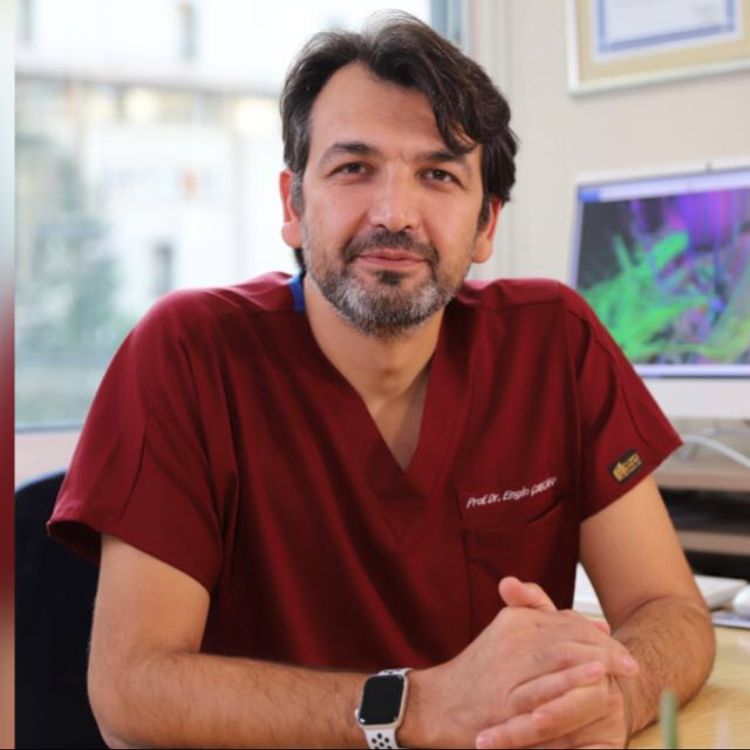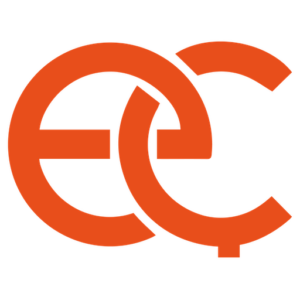Physical therapy for stroke consists of intense, repetitive and task-oriented movements. Exercises that meet these conditions improve the arm and leg functions of patients with stroke-related paralysis. An important way to reach the exercise intensity required in the treatment of stroke is the use of robotic devices. These applications are called robotic physical therapy or robotic rehabilitation.
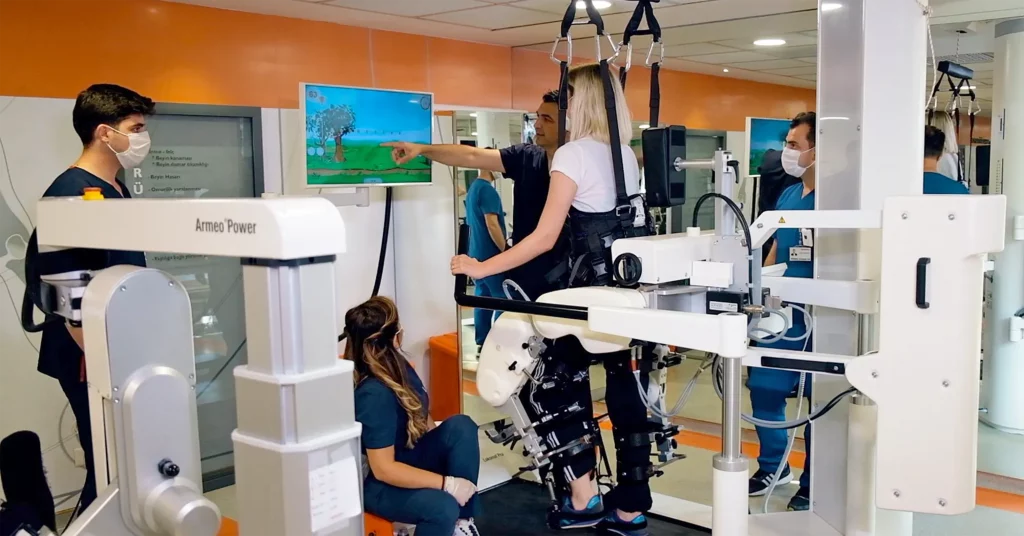
Benefits of Robotic Physical Therapy
- It allows task-specific movements to be done with plenty numbers of repetition.
- It ensures that rehabilitation can be given to each patient at a certain standard.
- It provides visual, auditory and tactile feedback to patients about their physical movement.
- It allows to monitor patients’ features such as joint range of motion and muscle strength by
- measuring objectively.
Virtual reality and augmented reality technologies are integrated into most robotic physical therapy devices. Thus, the motivation for the treatment of the patients increases and the patients are instantly informed about the success of their action.
In conclusion, robotic physical therapy devices are an important component of stroke treatment.
2. Hand Arm Robot and Stroke Treatment
Instead of repetition of aimless movements in the treatment of paralyzed hand and arm, exercises that involve the use of objects in the environment and imitate daily life activities in the closest way to normal are more effective. In the treatment of paralyzed hand and arm, it is possible to apply more intense exercises aimed at the patient with the hand arm robot.
One of the pioneers and most advanced robots in the world in robotic physical therapy is the robot named Armeo Power with Manova of the Swiss company Hocoma. There are sensors in the Armeo Power Hand Arm Robot that can detect when the patient is unable to perform a certain movement. Thus, depending on the purpose of the exercise, the device helps the patient as much as he or she needs.
While the robotic device provides nearly full range of motion support for patients who cannot move their hands and arms at all, it reduces the assistance given by the person as hand and arm function improves. This support, given as needed, increases the patient’s participation in treatment and motivation, and strongly stimulates the brain to relearn movement. Movement is re-learned in the brain tissue that remains intact.
Armeo Power with Manova hand-arm robots, the latest model of robots used in paralysis treatment, are devices integrated with virtual reality. There are also about 20 games on the robotic device. The patient is motivated by a game that interests him during robotic physical therapy, and the patient’s participation in the treatment is increased.
3. Robotic Bed System and Stroke Treatment
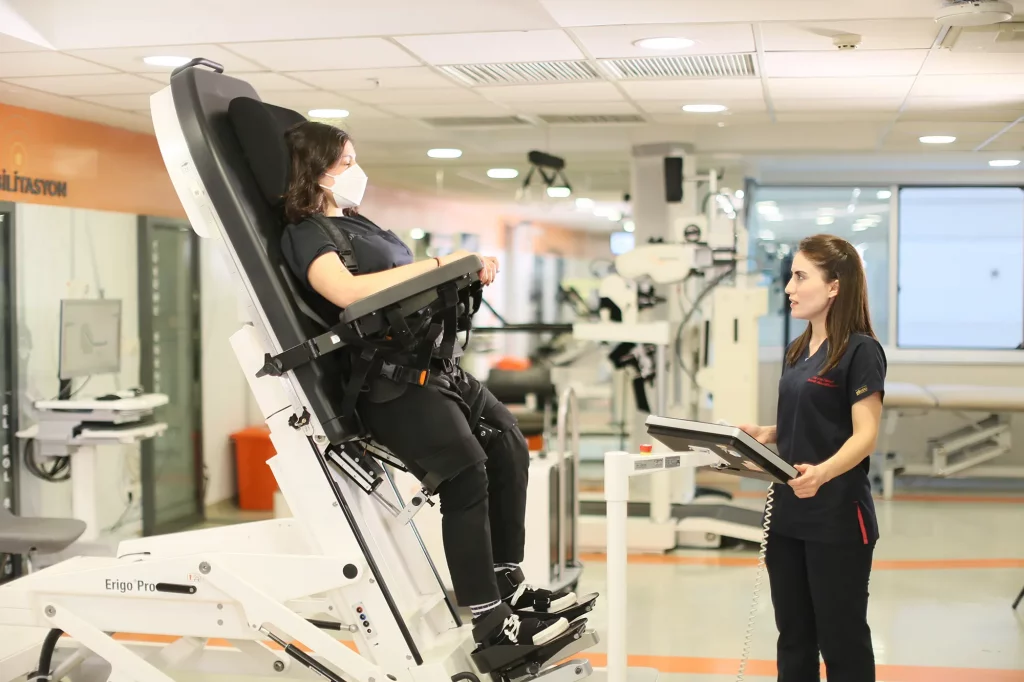
In stroke patients, lying in bed for a few weeks can lead to weakening of the heart and circulatory system, muscle and bone loss, joint stiffness, bedsores, decreased bowel movements, and increased risk of depression. In order to avoid these problems in a patient who has had a stroke, the person should be up and moving as soon as possible. In the early stages of stroke treatment, the robotic bed can be of great benefit in this regard.
Erigo Pro Robotic Bed system is the robot of the Swiss company Hocoma, one of the leading companies in the world in robotic physical therapy. Erigo Pro Robotic Bed technology enables the patient to be brought to an upright position in a controlled manner and passively walked with robotic equipment. Ensuring this early passive walking allows the prevention of advanced cardiovascular problems and joint stiffness that may occur due to staying in bed for a long time. It increases the patients attention towards the environment and activates the enthusiasm for socialization.
4. Walking Robot Lokomat and Stroke Treatment
With the Lokomat Pro Walking Robot, even in severe neurological damage in the treatment of stroke, the patient can be stood up and the movements closest to natural walking can be performed.
During walking, pressures are naturally reflected on the soles of the feet and the ankle-knee-hip alignment is maintained in accordance with normal. Sensors on the device record all movements made. With the walking robot Lokomat in the treatment of stroke, the movement that the patient cannot do is completed by the robot, thus stimulating the re-learning mechanism between the brain and the feet.
Swiss company Hocoma added the feature in the latest version of Lokomat Pro Walking Robot to provide the closest movement to physiological walking. Thus, the patients waist and pelvis can be made to walk in the most accurate way without strain. There is a virtual reality integration in Lokomat Pro Walking Robot. In this system, there is a screen directly in front of the patient. An avatar of the patient, which is a reflection of his body, appears on this screen. In this environment, there are many different games designed to increase the motivation of the patient. In other words, the patient finds himself on a nature walk or in a gamified activity. Therefore, the patient can gain the ability to walk again with motivation without getting bored. In this process, again on the screen, the patients ability to work which joint and muscle group is shown with graphics, and his development is followed and recorded in this way.
5. Alter G Anti-Gravity Treadmill and Stroke Treatment
In the treatment of stroke, an Anti-Gravity Treadmill is used in the patient who has reached a certain level with classical physical therapy and robotic physical therapy, but still cannot walk independently and in a balanced way. The Anti-Gravity Treadmill Alter G can be used in the physical therapy of both paralyzed patients and patients with orthopedic problems or sports injuries.
The Anti-Gravity Treadmill Alter G is a device that uses differential air pressure technology, which was first developed for the training of NASA astronauts.
The patient is taken to the closed system on the treadmill with a special clothing. In this system, the contact of the feet with the external environment is cut off. With the applied positive air pressure, the gravitational force acting on the body is reduced. With the Anti-Gravity Treadmill, the patients body weight can be reduced by up to 80% compared to gravity. Because of this feature, it is also called spacewalk or moonwalk by some patients. In the treatment of stroke, it compensates for the weak muscle strength of the paralyzed patient; As the patients muscles get stronger, his self confidence also increases. It also provides a safe environment to prevent falling; The patient eventually gets rid of the fear of falling and concentrates on walking.
6. Computerized Balance System and Stroke Treatment
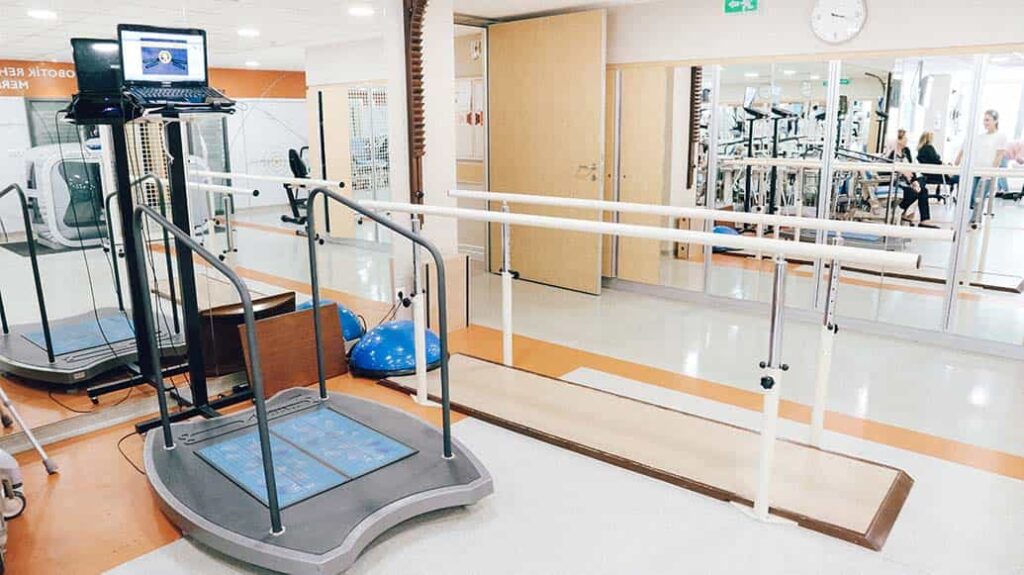
After providing walking in the physical therapy of stroke, the development of balance and prevention of falls are among the most important issues. With the Computerized Balance System, the patient is trained on the balance platform that provides measurement and evaluation. The patient is trained to play various games in the system so that his body can stay in the middle line.
The computerized balance system improves the patients ability and balance to transfer weight to both legs; reduces the risk of falling. Thus, the risk of hip, wrist, arm, shoulder, elbow fractures and head traumas which may develop due to falling is minimized.

